Meet Romy Fur
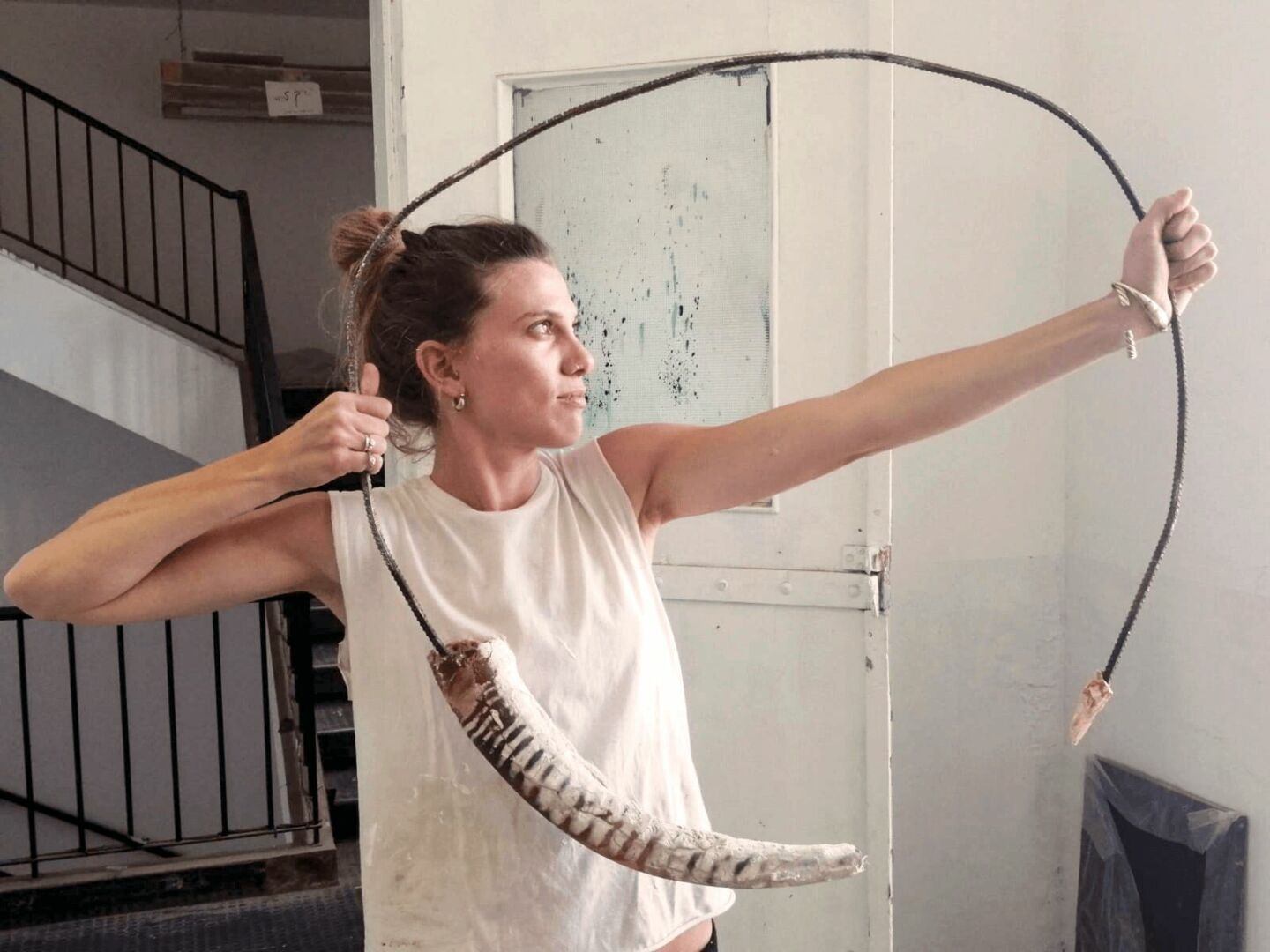
We had the good fortune of connecting with Romy Fur and we’ve shared our conversation below.
Hi Romy, why did you pursue a creative career?
Like many artists, pursuing a creative career was a natural extension of my need to process and articulate the world and the complexities of life.
I was born and grew up in Cape Town, South Africa. Growing up in a family of five kids, with parents who didn’t finish high school, I didn’t come from a particularly academic background. However, my mother was always very creative and taught me how to draw, be handy, and use power tools.
While it was important for my mother to push all of us to get a good education, I hardly read books or stayed in class; the only subject I could tolerate in high school was art. If I was in lessons, it was in the art room, stuck in a project or bunking another subject in the art supplies room. I was always a very curious and sensitive child, and I remember being extremely imaginative and dreamy. I knew already back then that my mind worked a little differently than most of the kids around me, and art became my way of understanding the world and my place within it.
After high school, I ended up traveling to Israel, a uniquely complex country, brimming with heated passion and steeped in history. For me, Tel Aviv had a very different feeling compared to Cape Town.
Cape Town is a place so untamed and rich in nature with its slower pace and awe-inspiring landscapes, Its massive mountains and wild shorelines constantly reminded me of nature’s grandeur and that we are just a tiny speck in the world’s history and cycles. on the contrary, Tel Aviv feels much more intense, it is a fast-paced environment and it made me more introspective. It also enriched my creativity, and never being one to shy away from complexity and a challenge, I naturally ended up staying here and going on to receive my Bachelor of Arts from the Shenkar School of Engineering Design and Art. Thanks to many scholarships and support, I continued my studies and received my Master of Fine Arts at Bezalel Academy of Art and Design in 2021.
My studies immersed me in the complexities of Israeli culture and its vibrant art community, allowing me to better understand the local art scene firsthand. Despite the language barrier and the challenges of adapting to a new environment, I built meaningful connections with professors, fellow artists, and friends who greatly influenced my work.
For me, art adds a crucial layer to life, often feeling mystical or spiritual. Something propels me to challenge conventional logic, often investing money and time I do not have, sometimes going completely out of my comfort zone and a little out of my mind, just to photograph the essence of a fleeting moment, or to drive three hours in search of the perfect artichoke from the artichoke farm because the ones at the supermarket or the greengrocer for months just don’t have the right shape I imagined inorder to make the silicone mould for my sculpture.
This spiritual practice, the act of creation, and the transformation of abstract thought into tangible form in actual space and time compel me to continue on this path. It’s a process I realize more and more I cannot live without.
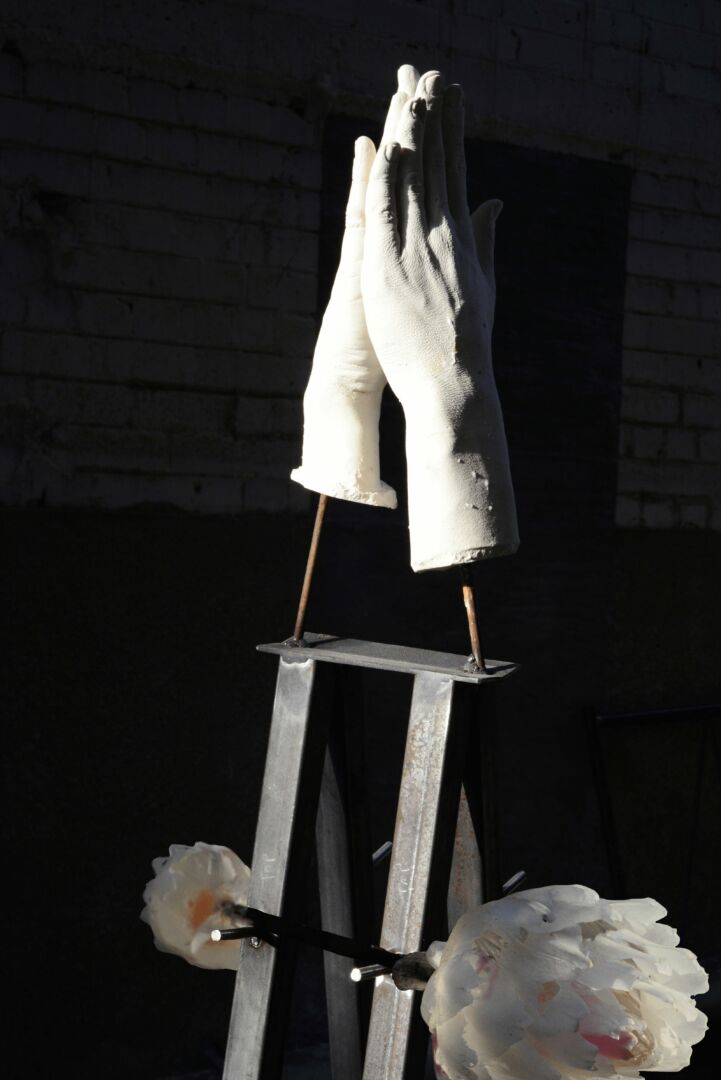
Alright, so let’s move onto what keeps you busy professionally?
Balancing my artistic pursuits with every-day life has evolved over time. As an art student, I had the luxury of time and resources to fully immerse myself in the creative process. I spent countless hours in the studio, dreaming, planning, and experimenting with various materials and mediums. This period of incubation allowed me to develop my artistic voice. However, transitioning from the protected environment of academia to the real world posed a significant challenge. Balancing work, relationships, and everyday duties with creativity is a constant struggle. Earning a living and pursuing a creative career don’t always go hand in hand. Synchronicity and the concept of “losing control” play a crucial role in my creative process. I am sensitive to the synchronicities around me, using them as a kind of compass that guides me and allows unexpected connections to influence my work, often leading to profound insights and developments. I find solace in the idea of losing control in art. Living in intense and uncertain times, this concept resonates deeply with me. My upbringing in South Africa also subtly influences my work. In my studio process, after introducing a more abstract idea into something tangible, I let go of control, often allowing the materials to shape themselves. Working with molds and chemical polymers, which react and transform by themselves, introduces an element of surprise and play, fostering an organic development in my work. I don’t start with a very calculated plan; instead, I embrace the mystery and spontaneity of creation.
My work frequently involves combining found objects from daily life—such as old jeans, bird spikes, chairs, yellow cheese, eggs, moss, artichokes, and tree trunks—with polymers and construction materials like metals and plaster. These elements come together in sculptures that reflect a process of transformation, becoming something entirely new. This approach extends to other mediums I use, including photomontage, collage, drawing, and photography. I often explore dualities in my work, contrasting what is natural with what is artificial, and what is real with what is imagined. This is evident in both figurative representation and abstraction. The tension between these dualities creates energy in my work. I am drawn to the concepts of cycles in life and nature and like to imagine where humans will be in the future. Will we return to a tribe-like community, or become more isolated with less human contact as technologies and algorithms take over? What will the world be like for us and our children in this intense over consumption society in the future?
Maintaining my creative journey requires nurturing, space, and love. It often means hours of solitude for reading, writing, or experimenting with new materials in the studio. It’s not just about pushing through challenges but also recognizing when to step back and re-evaluate.
I want the world to see my work as an ongoing dialogue with the current environment and an imagined future environment—a narrative that marries the organic with the synthetic, the chaotic with the contemplative. Success, to me, is not always about external validation but about expressing and sharing ideas that resonate deeply. My artistic journey is one of continuous human exploration, reflection, and transformation.
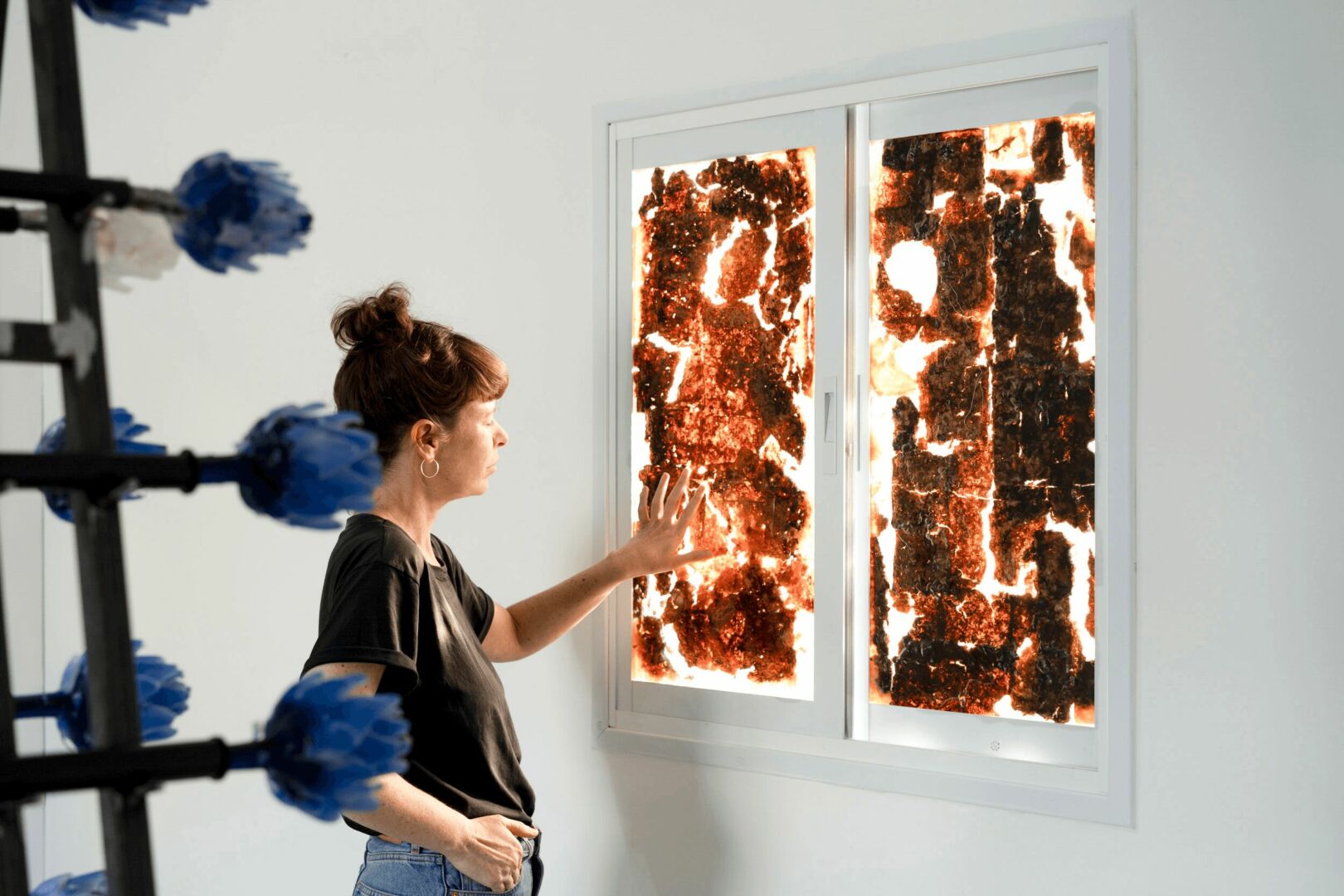
Let’s say your best friend was visiting the area and you wanted to show them the best time ever. Where would you take them? Give us a little itinerary – say it was a week long trip, where would you eat, drink, visit, hang out, etc.
Tel Aviv is a city of diverse cultures and people, full of energy and activity. Even on weekdays, the restaurants, coffee shops, nightlife, and parks are bustling. During my first visit, I was struck by the open, vibrant people, endless activities, and amazing food everywhere. Luckily, the city is flat and walkable, so exploring and walking off all the food is easy.
Day 1-2: Markets and Jaffa
We’d start by exploring the streets and markets. There are three main markets in Tel Aviv: Jaffa Market, Levinsky Market, and Carmel Market. Each market is full of delicious food and unique smells, and the people are incredibly friendly. My favorite is Levinsky Market, known for its Israeli spices, nuts, fruits, and popular Turkish and Greek foods. It’s a local spot without touristy souvenirs.
We’d also wander over to Jaffa Flea Market (Shuk HaPishpeshim), which offers antiques, jewelry, and furniture. We’d get lost in Jaffa’s cobblestone alleys, stopping by boutique stores and artisan shops.
Day 3: Kiryat HaMelacha and Tel Aviv Museum of Art
Next, we’d spend half the day in Kiryat HaMelacha, a complex in south Tel Aviv where old and new blend together. This area is home to traditional workshops, artists, and galleries. Lunch would be at Al HaRampa, a laid-back restaurant. Afterward, we’d visit the Tel Aviv Museum of Art to enjoy its rich collections and unique architecture.
Day 4: Jerusalem or the Dead Sea
We’d take a day trip to either Jerusalem or the Dead Sea. Jerusalem, with its rich history and vibrant art scene, offers plenty to explore, including the Israel Museum of Art. Alternatively, we could head to the Dead Sea, marveling at the changing landscape as we descend to the lowest point on Earth. My favorite beach is the one with natural springs right before the checkpoint.
Day 5: Tel Aviv Nightlife
Back in Tel Aviv, we’d soak in the city’s energy with a swim in the Mediterranean and then experience the nightlife. Tel Aviv’s bars and clubs are famous for their late hours and diverse music, so we’d probably come home in the early morning, ready for a day of relaxation. Alternatively, there are many amazing live concerts and performances. My favorite is the renowned Batsheva Dance Company, known for their innovative and expressive choreography, blending contemporary dance with unique storytelling.
Day 6-7: Northern Israel and Camping
We’d escape the city and head to the beautiful nature of northern Israel. A dip in the Sea of Galilee on the way to our camping spot by the Jordan River would be refreshing. Lunch would be at Marinados, one of my favorite northern Israeli restaurants. We’d set up our tent under a massive eucalyptus tree, relaxing, reading, sketching, and having an Israeli-style “al ha eish” barbecue with kebabs, salads, tahini, and pita bread.
Final Day: Ein Hod Artist Village
On our way back to Tel Aviv, we’d stop for coffee, a snack, and a walk around the beautiful Ein Hod artist village. Established in 1953, Ein Hod is home to several hundred resident artists who paint, sculpt, design, compose music, act, dance, and more.
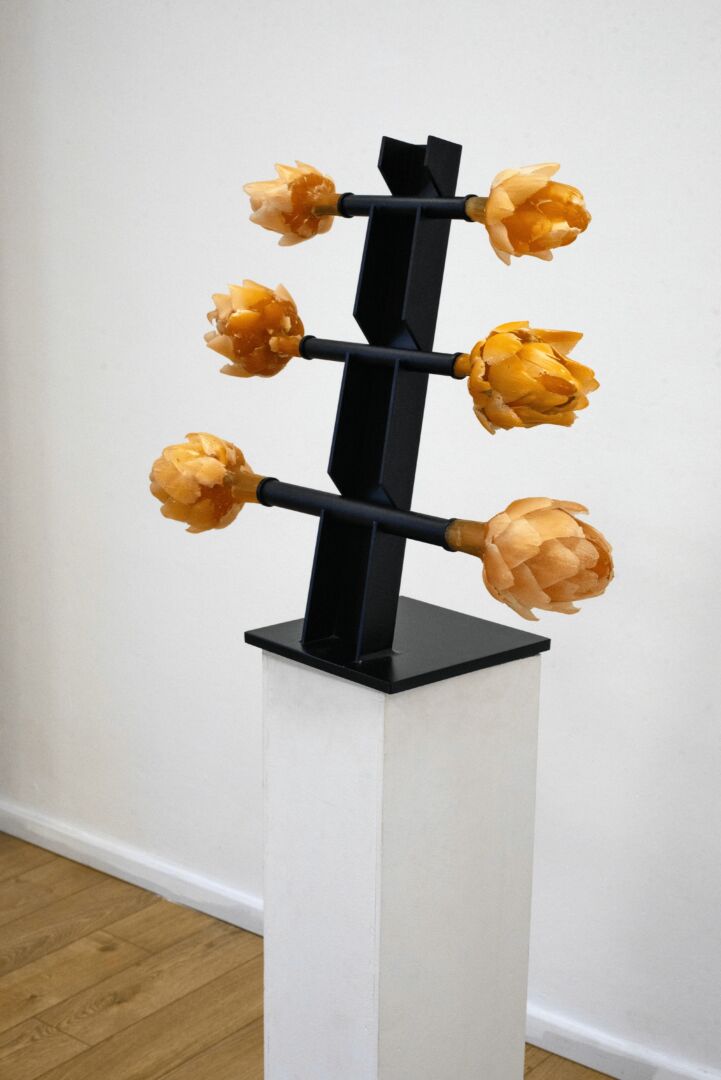
The Shoutout series is all about recognizing that our success and where we are in life is at least somewhat thanks to the efforts, support, mentorship, love and encouragement of others. So is there someone that you want to dedicate your shoutout to?
“I have to start by giving a huge shoutout to my mom. We mostly only have one, and I wouldn’t trade mine for anything. I’m endlessly grateful for her unwavering support and encouragement. She’s always been there, cheering me on, pushing me to pursue my dreams, and teaching me to fight for what I want. Her belief in my artistic path has been a guiding force in my life.
I’d also like to acknowledge my mother’s partner, Michael, for his mentorship and support during times when it felt lacking, especially as a father figure. He helped me see that being an artist is not just a pursuit but a calling I needed to embrace.
A big thank you goes to my art teachers and mentors from my undergrad and master’s programs in Israel. Your guidance and insightful conversations have played a crucial role in shaping my artistic journey, and the impact of your influence is truly significant.
Having supportive creative friends is vital for any artist. I’m grateful for all the talented, inspirational friends I’ve made along the way.
Particularly, I want to give a shoutout to Elizabeth Levin, who passed on a very special book that helped me out of a dark period. I highly recommend the book The Artist’s Way by Julia Cameron. It helped me realize that creativity, much like life, has its ebbs and flows. There are times when it feels dormant. It’s about finding comfort in the process, not just the outcome, and trusting that the creative rhythm will eventually return, perhaps in a more enlightened form.
Finally, to my partner Maor, thank you for supporting my wild ideas, helping me with countless studio moves, and making many, many sacrifices so I can pursue my creative career. I’m lucky to have you by my side. Good luck with putting up with all of this for many years to come.
Website: romyfur.com
Instagram: romyfur
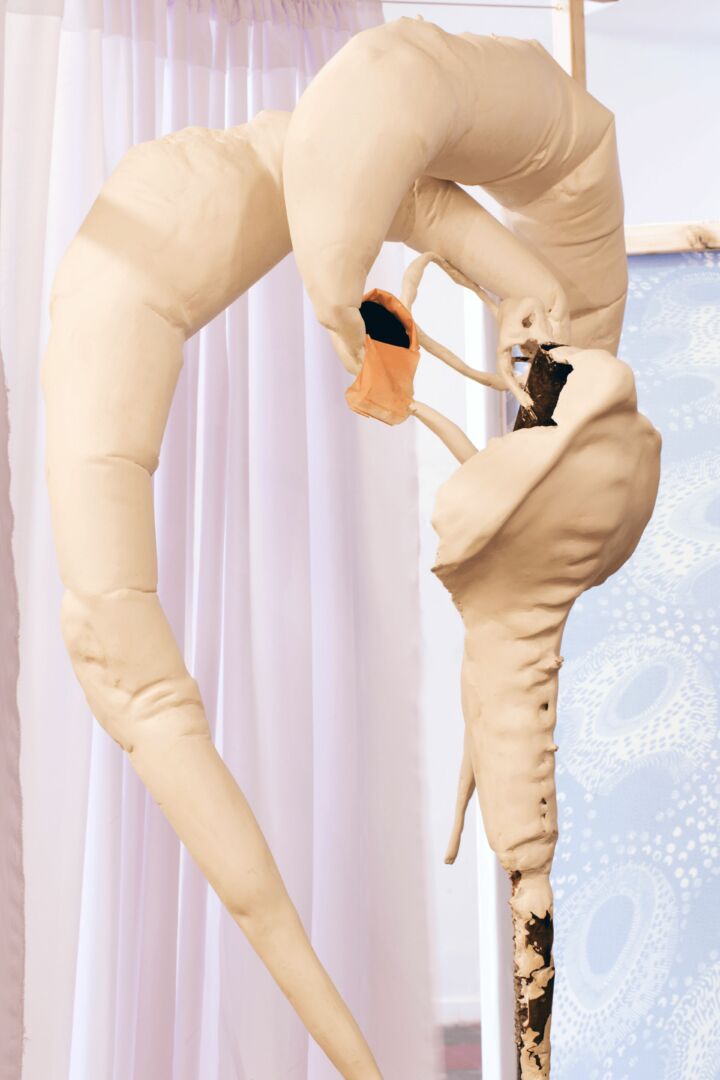
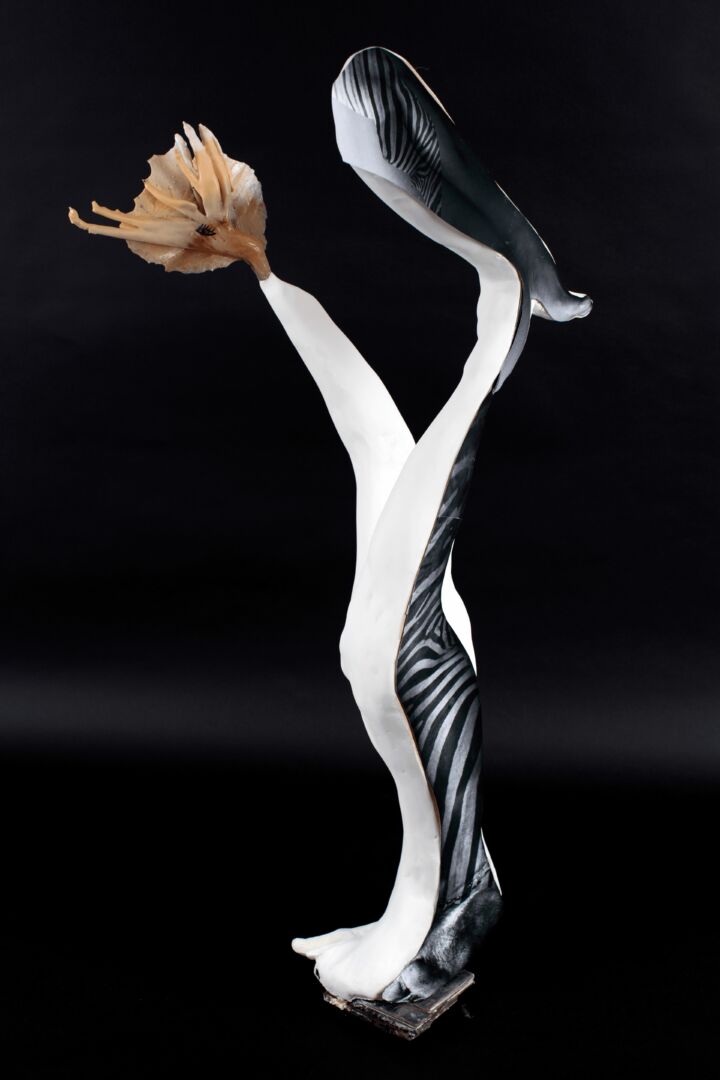
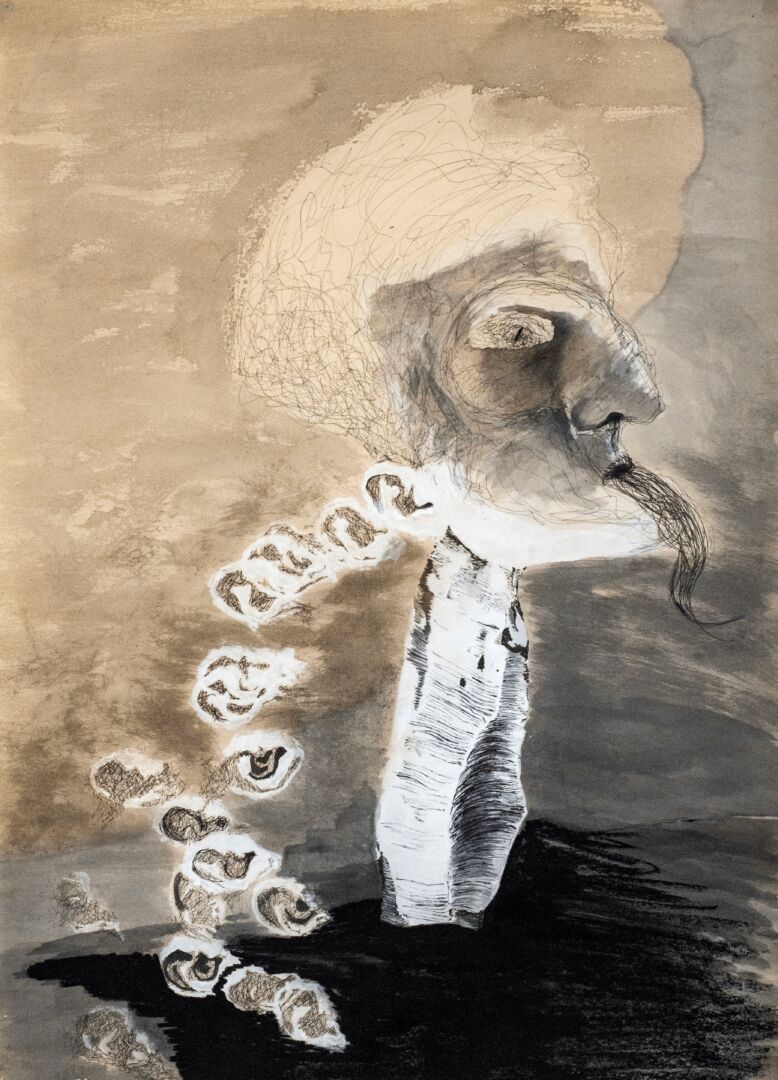
Image Credits
Daniel Hanoch Maor Mizrahi
